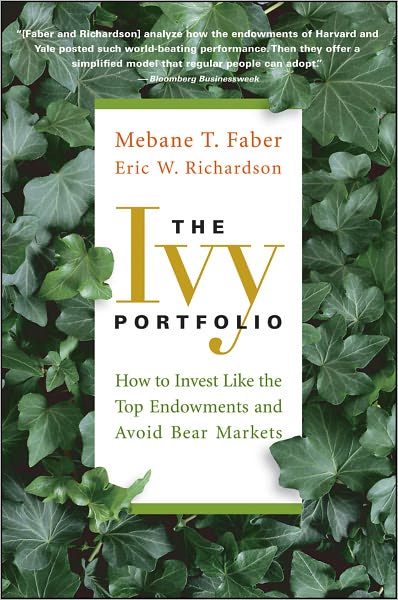Book Review: How To Smell a Rat
I have written reviews on two Madoff books, No one Would Listen, and The Club No One Wanted To Join.? In the latter of those book reviews, I argued that the Madoff fraud was detectable in advance, which offended one who was defrauded by Madoff.? Ken Fisher lays the blame at her door; she should have been able to see it coming.
Look, I sympathize with her loss, but there are basic rules that are common sense for any investment where discretion is given to a money manager.? I am such a money manager, but I consider it a benefit to me and my clients that I have no ability to touch their funds.? The third-party custodian takes care of that.
Imagine playing a game — before we enter the game, both teams want to know that the umpires will be neutral.? So it is in investment management — we need neutral custodians to assure fairness between investment advisors and clients.
Ken Fisher manages ten thousand times more money than I do.? But he is aware of the many ways that people get skinned by fraudsters.? The leading way is to get investors to give the investment advisor both discretion and custody over the assets.? That opens the door for unscrupulous advisors to misappropriate assets.
This is critical.? Don’t entrust your assets to an advisor without a neutral third party providing custody.? This is more than normal — it should be expected.
There are four other lesser signs of fraud:
- Returns are too good to be true — volatility that is too low, or returns that are too high.
- Not being able to understand what is going on as the money is invested.
- Being blinded by the trappings of wealth.
- Trusting the opinions of others, rather than doing your own due diligence.
You have to understand that there are no magic bullets, and those who have great past returns should be willing to undergo extra due diligence, because great returns are rare, and need extra due diligence to prove that they are valid.
Beyond that, don’t be greedy or credulous.? Ignore wealth, and do your own due diligence — the book provides a good outline for doing so.? And unless you are so wealthy that you hire someone else? to hire your asset managers, don’t hire any manager whose processes you don’t understand.
These are basic rules that all investors should heed.? Enough said.
Quibbles
None.
Who would benefit from this book:
Most average investors would benefit from this book, because they are the ones who get targeted for fraud — not that all of them will be defrauded, but all of them need the warning, so that they can be prepared against those who defraud.? I wish I had read this when I was 25.
If you want to, you can buy it here:?How to Smell a Rat: The Five Signs of Financial Fraud (Fisher Investments Series).
Full disclosure: I asked the publisher for this book, and they sent it to me.? I read and review ~80% of the books sent to me, but I never promise a review, or a? favorable review.
If you enter Amazon through my site, and you buy anything, I get a small commission.? This is my main source of blog revenue.? I prefer this to a ?tip jar? because I want you to get something you want, rather than merely giving me a tip.? Book reviews take time, particularly with the reading, which most book reviewers don?t do in full, and I typically do. (When I don?t, I mention that I scanned the book.? Also, I never use the data that the PR flacks send out.)
Most people buying at Amazon do not enter via a referring website.? Thus Amazon builds an extra 1-3% into the prices to all buyers to compensate for the commissions given to the minority that come through referring sites.? Whether you buy at Amazon directly or enter via my site, your prices don?t change.



